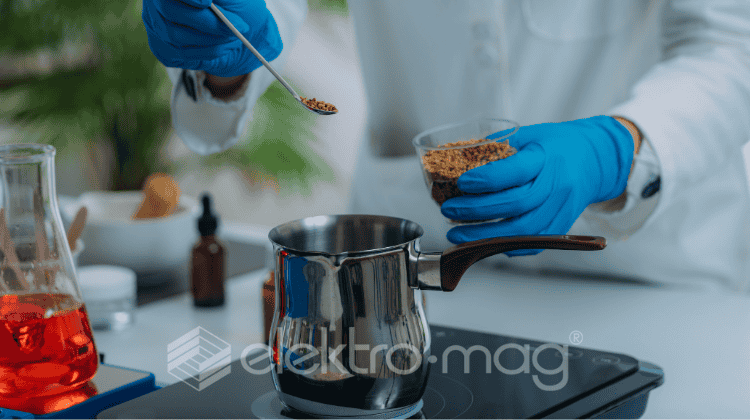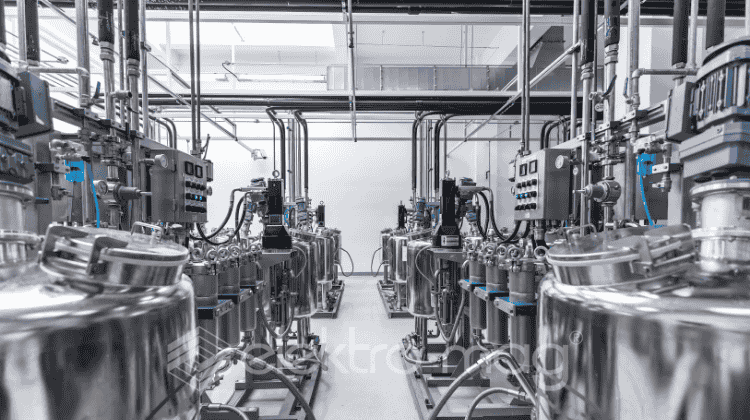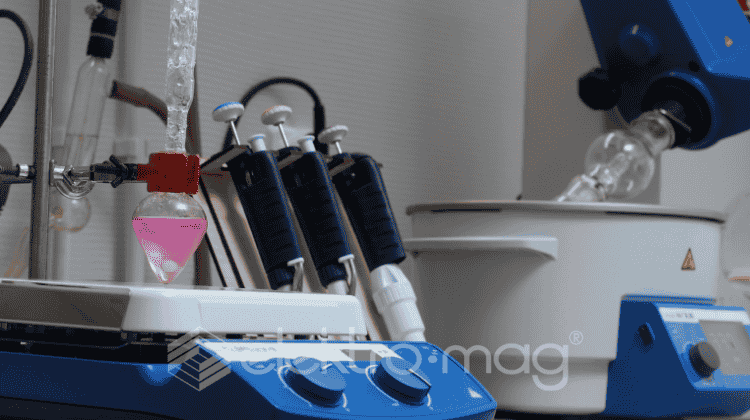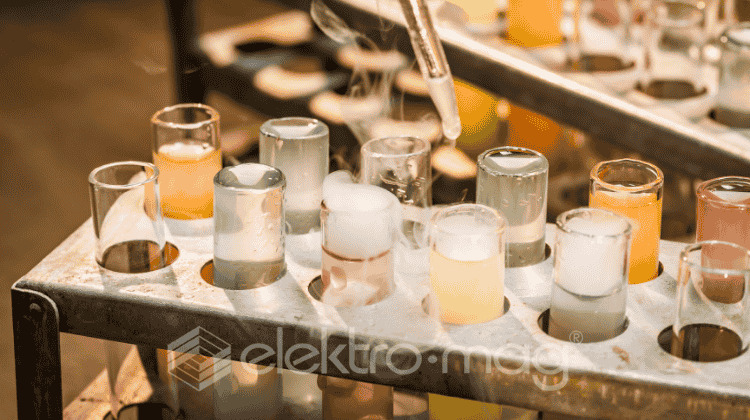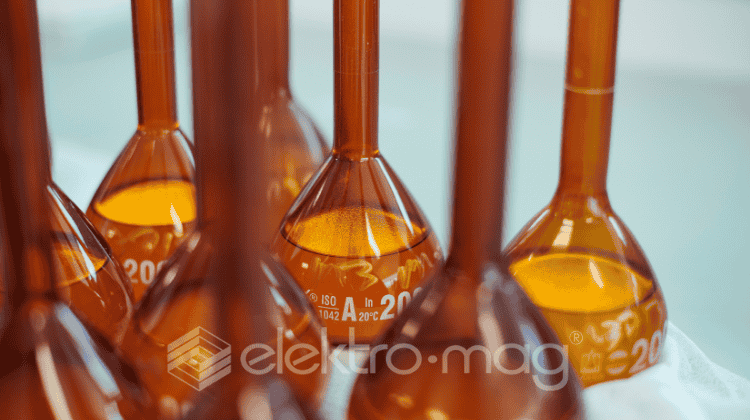
Volumetric flasks are fundamental pieces of lab glassware or plasticware, commonly used in laboratories for preparing solutions with precise volumes. Typically pear-shaped, these flasks have a flat base and a long, narrow neck, with a graduation ring marking the accurate fill level. Volumetric flasks serve a vital role in analytical chemistry, helping researchers achieve exact concentrations in solutions, which is essential for producing reproducible and accurate experimental results.
Types of Volumetric Flasks
There are two main classes of volumetric flasks:
- Class A Volumetric Flasks
Class A flasks are used for high-precision applications. They have tighter tolerances and are often calibrated individually, with certification provided. These flasks are color-coded: blue markings for clear glass and white for amber. Their accuracy makes them the preferred choice for analytical and scientific work where precision is vital. - Class B Volumetric Flasks
Class B flasks are less precise and used for general laboratory purposes. Their tolerance limits are lower, making them more suitable for educational or qualitative use where absolute accuracy is not a critical factor. These flasks are usually mass-produced without individual calibration.
Materials
Volumetric flasks come in two main materials:
- Glass: Typically borosilicate, glass flasks are valued for their transparency and chemical resistance, making them ideal for precise work with harsh chemicals. However, they are fragile, heavier, and may require careful handling to prevent damage.
- Plastic: Polypropylene or polymethylpentene plastic flasks are widely used for their lightweight, shatter-resistant properties. They are ideal for safer handling and simpler volume readings, as they eliminate the meniscus effect seen in glass flasks. However, some plastics may be less chemically resistant, which can affect accuracy over time.
Standards and Calibration
Volumetric flasks must adhere to several international standards to ensure consistency and accuracy:
- ASTM (American Society for Testing and Materials)
- ISO (International Organization for Standardization)
- USP (United States Pharmacopeia)
These standards regulate manufacturing precision, materials, and calibration. High-quality volumetric flasks are calibrated either as “to contain” (TC) or “to deliver” (TD), indicating whether the volume represents the amount inside the flask or the volume dispensed.
Applications
Volumetric flasks are used in a variety of laboratory applications, including:
- Preparation of Standard Solutions: Creating solutions of known concentration.
- Dilutions: Preparing series dilutions to achieve specific concentration ranges.
- Calibrating Other Containers: Ensuring other lab apparatus is accurately calibrated by using the precise measurements provided by the flask.
Choosing the Right Volumetric Flask for Your Lab
Choosing the right flask is determined by your lab’s needs:
- Glass vs. Plastic: Glass provides high chemical resistance and accuracy, whereas plastic is durable and safe.
- Class A vs. Class B: Opt for Class A for high-precision needs, and Class B for educational or less accuracy-intensive applications.
Different Types of Volumetric Flasks
- Individually Certified Flasks: These flasks come with glass stoppers and are calibrated individually, providing the highest level of precision.
- Batch Certified Flasks: Available with either glass stoppers or snap caps, these flasks offer reliable accuracy, though slightly less precise than individually certified flasks.
- Amber Glass Flasks: Designed for light-sensitive solutions, these flasks prevent UV light penetration, protecting sensitive chemicals.
Plastic Flasks for Enhanced Safety
Plastic volumetric flasks, such as those made by Thermo Scientific Nalgene, are a safer, shatterproof alternative to glass. These flasks offer ease of handling, durability, and eliminate the need for meniscus reading, simplifying the volume measurement process. Their lightweight design and the convenience of not needing sterilization make plastic flasks practical for many laboratories.
Sizes and Availability
Volumetric flasks are available in a wide range of sizes, from 1 mL to 5,000 mL. Smaller flasks are ideal for preparing valuable chemicals or precise drugs, whereas larger flasks are useful for industrial applications such as preparing production-scale solutions.
Frequently Asked Questions (FAQs)
Q1: What are volumetric flasks used for?
A: Volumetric flasks are used to prepare chemical solutions with precise volumes, ensuring accuracy in analytical experiments, standard dilutions, and calibration of other lab instruments.
Q2: How do I choose between Class A and Class B volumetric flasks?
A: Choose Class A flasks for critical accuracy in analytical work, as they are individually calibrated and offer tighter tolerances. Class B flasks are suitable for educational or qualitative use, where precision is less critical.

